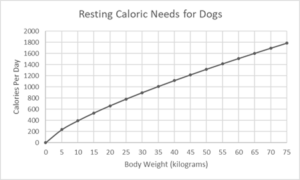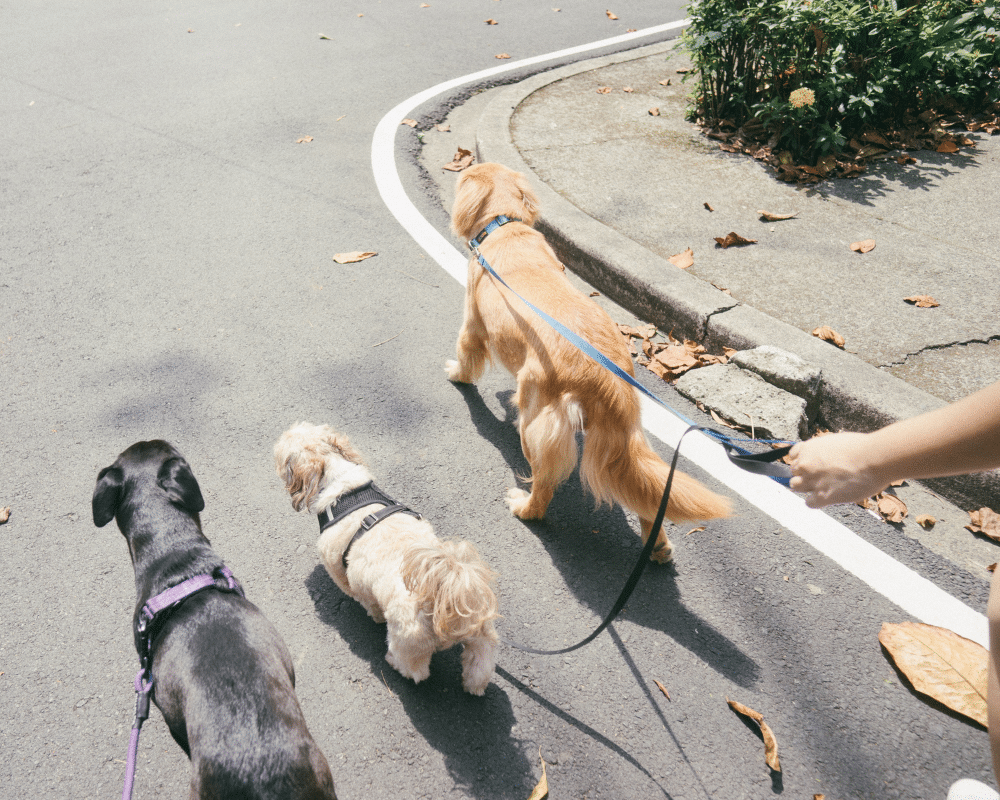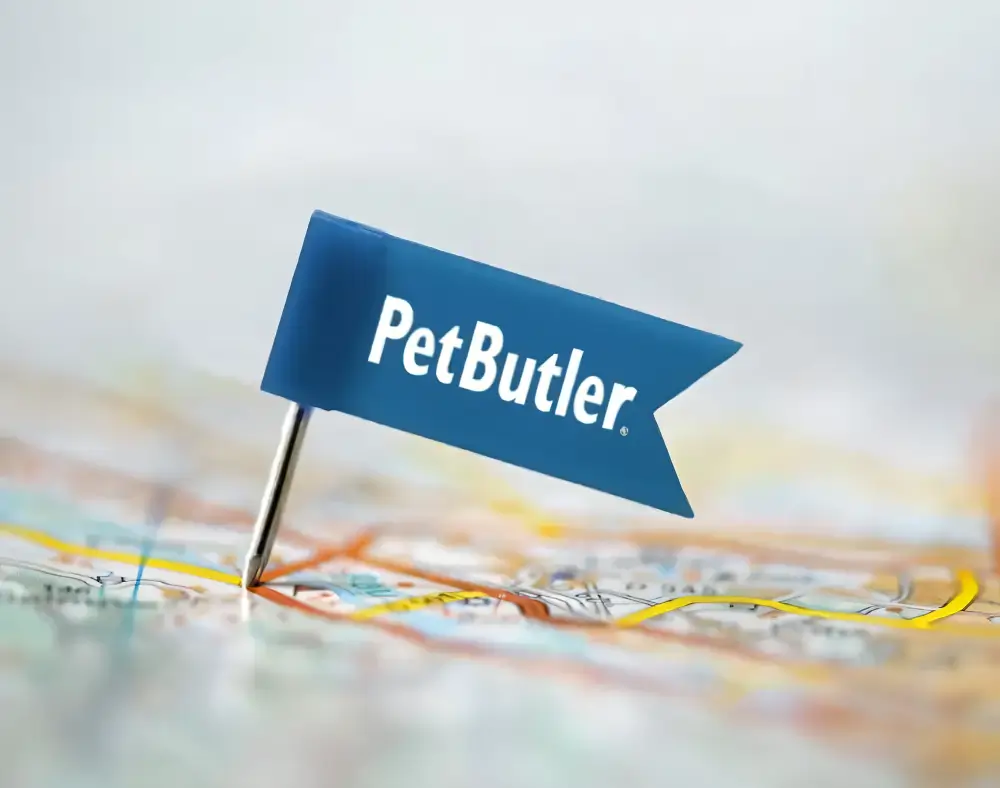First, you identified that your pet has a weight problem. Now, you need to find out how you can help your pet lose weight.
Although intimidating, reversing your pet’s weight gain isn’t the most challenging process out there. In many cases, weight loss can be achieved by changing up your pet’s daily routine and by monitoring the calories they consume versus the calories they burn.
Before taking any action, keep in mind that you’ll want to bring your pet in for a visit with your local veterinarian to rule out other underlying health issues that may mimic weight gain. Once health issues have been ruled out, you and your vet can move forward with developing a weight loss plan.
Develop a Weight Loss Program for Your Dog
Put your dog on a diet
Dieting is naturally going to be the strongest component of weight loss, keeping gradual loss and safety top of mind. Typically, feeding your pet according to their RER (resting energy requirements) should be sufficient in achieving ideal weight. RER is a benchmark of the caloric intake needed by your pet to maintain essential body functions. It is calculated as follows:
RER = 70 * (Pets weight, in kilograms)3/4
For example, if a dog needs to be 25 kilograms (55 pounds) to be their ideal, healthy weight, they should eat approximately 780 calories per day. When calculating this, be sure to go off their ideal weight, not their current/overweight number on the scale.

Of course, this measurement is very generalized. Determining how much you need to feed your pet will be unique to their size and starting weight relative to that of their ideal weight. Your veterinarian will incorporate these factors when providing recommendations on what type of food and how much to feed your companion.
Once you start your pet on a diet, it’s important to benchmark their weight over time to ensure that the diet is working effectively and in a safe manner. For dogs, aiming for 3-5% body weight loss per month is healthy. Under ideal circumstances, your pet should be able to reach a healthy weight in about 6-8 months. You’ll want to continue monthly check-ins with your veterinarian to monitor this progress and your pet’s health.
Develop an exercise routine
The second major component of any weight loss program is exercise. In general, dogs should be going on a 30-minute walk twice per day with ample time for fetch and other activities in between.
It’s important to note that if you are looking to specifically increase weight loss for your dog through walking, you will have to move at a quicker pace than your average leisurely walk with the goal to elevate your pet’s heart rate. You’ll know you’re walking fast enough for your dog when you’re breaking a small sweat and their breathing increases.
If your pet can’t quite muster the energy for that amount of fitness, you can work your way up to it. The key is to encourage activity as much as possible.
Change up treats
While reducing the amount of treats you should give your pet is a no-brainer, consider altering what those treats are. If you haven’t tried it already, you’ll find that most dogs love fruits and veggies, like apples, bananas, blueberries, carrots, celery and broccoli. The crunchier the better!
Move the bowl
Along the lines of encouraging movement, change the location of your pet’s food bowl. Placing it in different rooms and moving it around will keep your companion active. Even better, incorporate a puzzle feeder so your pet must work to get their food.
Alter meal size
Instead of feeding your pet twice or three times per day in larger quantities, give smaller meals frequently. This will allow you and your pet to better pace their eating and keep them more satiated throughout the day.
Don’t give in!
Unfortunately, reducing food intake will likely magnify any begging behaviors that your pet currently employs to get you to feed them more. Stay strong! And try your best to not feed your dog the table scraps at the end of the night.
At Pet Butler, we want your pet to feel and be their healthiest and happiest. Free up your time spent doing chores so you can have more quality time with your furry companion. We’ll take care of your dog’s waste removal on a weekly, every other week or monthly basis.

